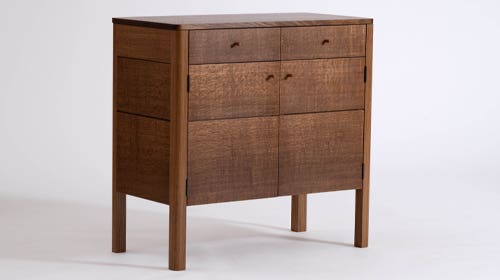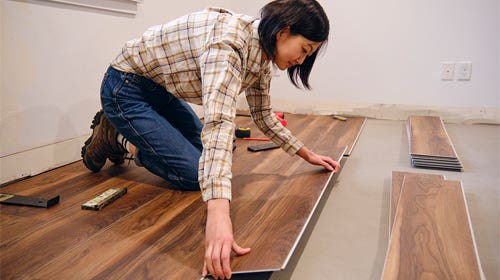Cedars in their many forms are steady movers
Strong, flexible and versatile, domestic cedar varieties are softwood lumber broken into several families and types and used for decorative and functional purposes, including outdoor furniture.
Strong, flexible and versatile, domestic cedar varieties are softwood lumber broken into several families and types and used for decorative and functional purposes, including outdoor furniture.
Understanding cedar as a species can become an intense scientific undertaking because its name is commonly thrown around to dozens of tree types. To keep it simple, species in the genus Cedrus are considered true varieties of the softwood cedar. The commonly used domestic varieties mostly discussed here have different scientific names.
Aromatic Eastern red cedar [Juniperus virginiana] is known to give off the strongest aroma and is the one of the top choice cedars for this very reason, according to lumber and veneer suppliers interviewed by Woodshop News. Some say the other domestic cedars are not far behind due to their working properties and appearance.
Greg Engle of Certainly Wood in East Aurora, N.Y., supplies Alaskan, aromatic and Western red cedar veneers.
“Aromatic red cedar seems to be a steady mover here. We sell quite a bit of that. It has the most scent and is the most recognizable. It has a sharp color contrast of light sapwood with reddish tones in the heartwood, and it’s easy to work with,” says Engle.
“We sell it for the restoration of old cedar chests people have, and for its aromatic qualities of dressing rooms and furniture. One of our customers is a large musical instrument producer here in the U.S. and they use it specifically for a final layer for their drum kits they produce on a custom basis.”
Alaskan yellow cedar [Cupressus nootkatensis], which also has its own distinct scent, is typically requested in veneer form for its fine grain qualities.
“The grains are so tight you almost need a magnifying glass to count them. Most of the specifications we receive for that type of veneer are for Japanese ornamental furniture and Japanese-inspired residences across the U.S.,” says Engle.
“The Western red cedar [Thuja plicata], also known as pencil cedar, is known for its linear qualities and tight grain as well. Lately we’ve been putting that into custom kitchen interiors out West and it’s just got a real refined fine look. Here on the East Coast there are several door manufacturers that are specifying that as well.”
Scott Roberts of Roberts Plywood in Deer Park, N.Y., primarily sells Spanish cedar [Cedrela odorata], also referred to as cigar cedar, which offers a uniform pinkish to reddish brown tone and is light in weight. It is also classified as a hardwood.
“I sell more Spanish cedar than anything in solid wood and some plywood. The solid they use on a lot of exterior projects and boatbuilding projects because it’s rot resistant. Spanish cedar kind of looks like mahogany. Most of it’s coming out of Brazil. I do sell some Spanish cedar plywood to guys that are doing cigar humidors.
“The other one I deal with is aromatic Eastern red cedar. That’s typical for hope chests, closet interiors, and I even have a guy that’s building canoes out of it.”
Doug Grove of Groff & Groff Lumber in Quarryville, Pa., says his cedar varieties sell at the same rate year after year. He’s recently noticed the most hype over Western red cedar, stating that availability has decreased causing the price to go up.
“Western red is still selling. Customers just cry when they hear the prices. The red aromatic is very popular for blanket chests and lining closets. I just sold a whole house worth of white cedar for trim to a customer, which is very rare.”







